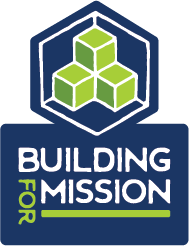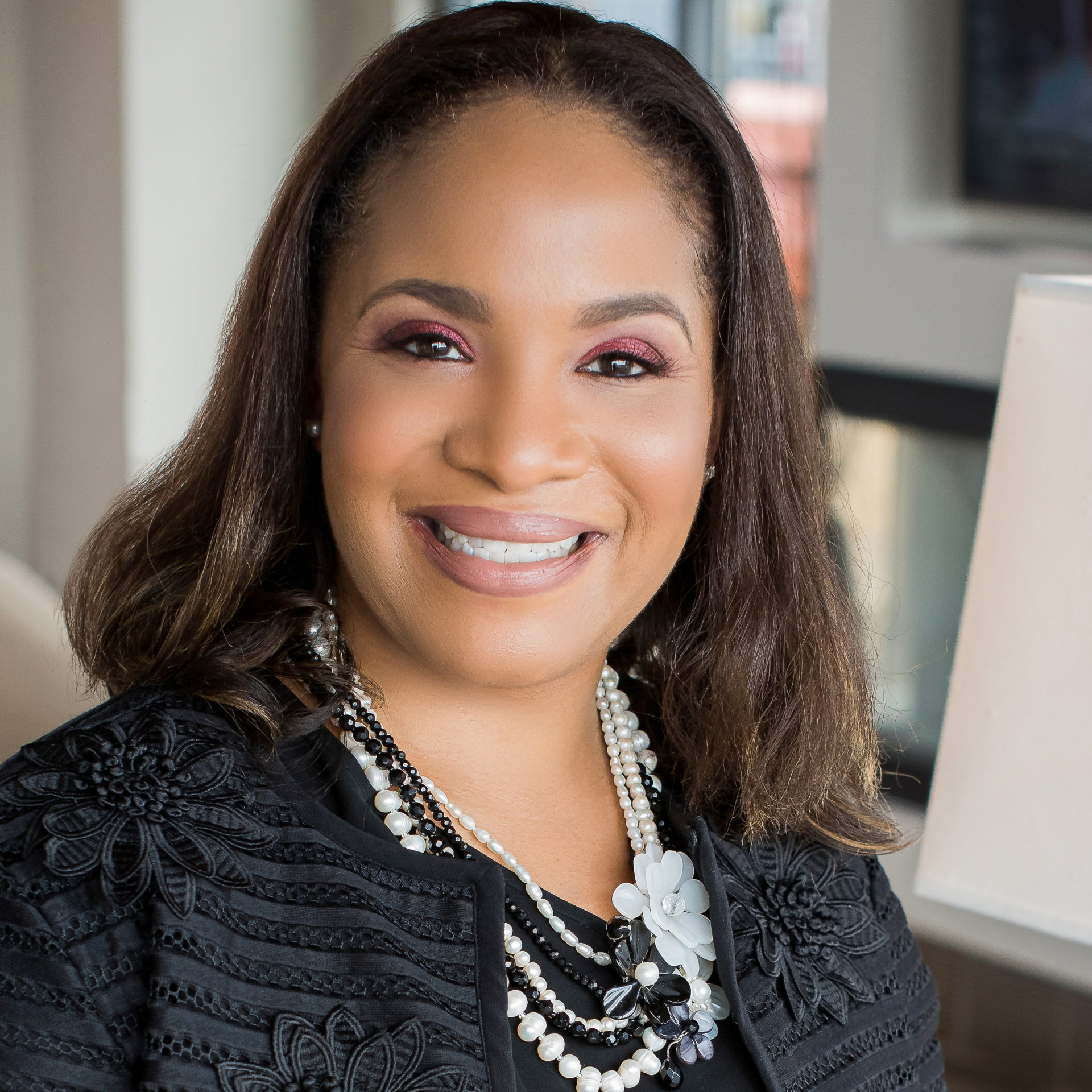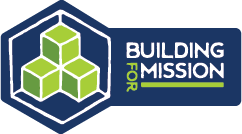Leadership Spotlight: Kerrien Suarez, EiC


Lean Into Who You Are as a Leader
Kerrien Suarez is executive director of Equity in the Center (EiC), an initiative which addresses a gap in philanthropic and nonprofit organizations’ current diversity, inclusion and equity practice: The absence of sector-validated organizational development and change management best practices to shift mindsets, tactics and systems to dismantle structural racism. In 2018, EiC published “Awake to Woke to Work: Building a Race Equity Culture,” which outlines a framework for transforming organizational culture to center race equity. With over 20 years of management and consulting experience, Kerrien has supported executive and leadership teams nationwide in bold dialogue on race, racism and building a Race Equity Culture in the workplace.
What obstacles have you experienced in previous work environments?
Before Equity in the Center (EiC), I worked with people who would only mention race when describing how morally satisfying it was to work with organizations that “serve Black and brown communities.” The leadership talked about the need for greater diversity inside of the organization, but were completely unaware of how white supremacy culture in the workplace resulted in a lack of inclusion for staff of color. There were many times I felt like a “diversity hire,” and eventually realized it wasn’t a coincidence that I was staffed on projects with client organizations whose leadership included a Black executive.
At the organization where I worked at that time, I raised equity as an issue that was relevant to our work with clients—in terms of how we supported them in mitigating disparities and having impact on the “Black and brown communities” colleagues often spoke about—and received a room of blank stares. It didn’t resonate. Over time, it was no longer tenable for me to remain in an environment where race was mentioned to describe the “beneficiaries” of clients’ work, but never otherwise in terms of our work with them, or in terms of the organization’s internal culture and lack of diversity and inclusion.
In your current leadership position, how do you work to maintain/promote diversity in the team?
When EiC launched, we made a concerted effort to build an inclusive team that reflected our mission to build a Race Equity Culture in the social sector. More specifically, acknowledging that women are the majority in the non-profit sector (some 90% of the workforce), I looked at men’s applications first to ensure that all qualified male candidates were pulled into the interview process along with qualified female candidates (of whom there were so many that I may have developed a short list of qualified candidates before getting to and through all of the male candidates’ applications if I went in alphabetical order).
Your work can be frustrating. What do you do to take care of yourself?
Sometimes, you just have to stop working. I have built into my schedule time to stop and recover from the more difficult conversations or meetings on race and racism. There are days where I have to field questions for almost four hours straight. The rest of that day will usually include a regrouping period for me (administrative work or time off) rather than additional meetings with that same level of emotional and physical intensity. I landed on this as a best practice to avoid burnout.
What tips would you give someone just starting out? To finally get to a position they’re happy w/ work?
First, let me acknowledge that I was able to abruptly transition from an organization where my management style was labeled by my supervisor as unfriendly and aggressive because of economic privilege. I had a level of professional seniority and economic privilege at that point which made it possible. That said, as a young professional, I set goals for skills I wanted to develop in management consulting, which is where I started my career, and eventually shifted to leverage those skills in my interest areas (entertainment, the arts, education and, ultimately, equity). I strongly advise others to acquire desired skills as much as you can in your current position, and use that experience to transition to that next “stretch” role.
I also urge you to beware the lies white supremacy tells you about your value as a human and potential as a professional. Be aware of the requirement to assimilate to white dominant culture in workplaces, and remain conscious of how microaggressions and a lack of inclusion affect both your mental health and career trajectory. Seek explicit guidance from mentors on how to navigate work environments while remaining whole and advocating for greater equity and career advancement. Don’t feel the need to explain yourself or lived experience as a person of color. A dear friend and colleague, Carmita Semaan of Surge Institute, encourages leaders to lean into whatever they’ve been struggling to hide (in terms of identity or background, which assimilation would suppress) because that is where our full potential and power as a leader lies. This approach allows you to direct the energy you previously devoted to assimilation or covering aspects of your identity to fulfilling your true leadership potential and career goals. Be intentional about what you’re doing to excel, get clarity on what employers expect from you, and then shore yourself up with a support system of mentors and colleagues to keep you on your path, and help you understand when it is time to transition from an organization that does not value your gifts (because of instititional racism and/or a lack of opportunities for growth and advancement).
